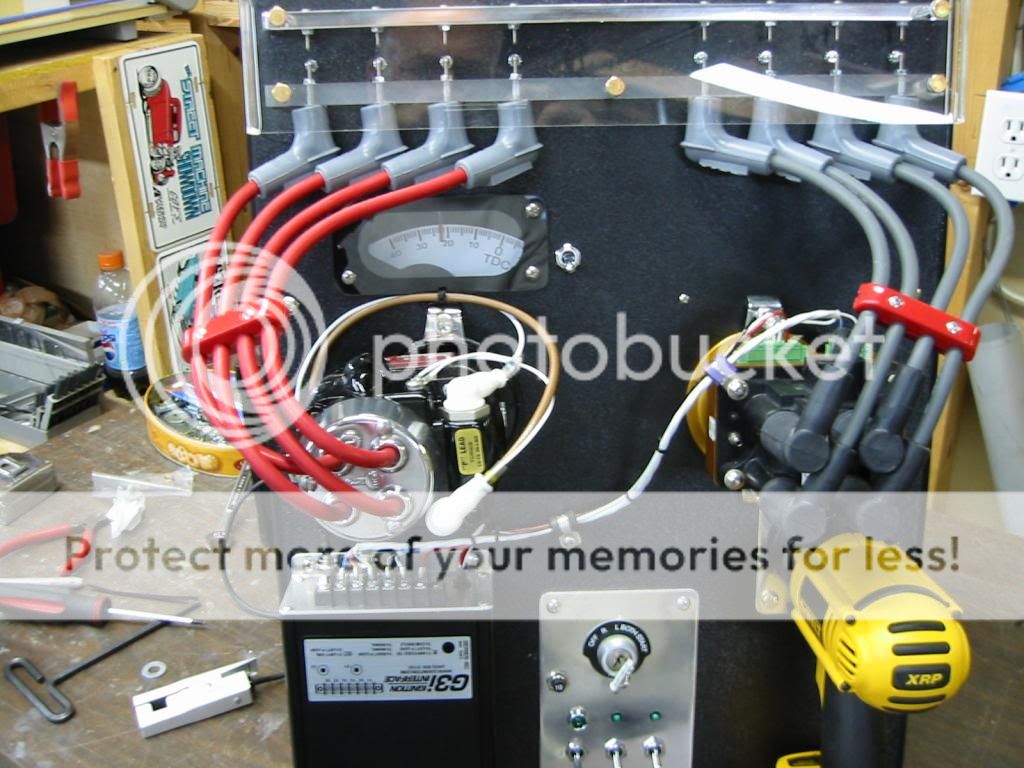Brantel
Well Known Member
Bob,
Unless EmagAir clears this up before I can get around to it, I am going to build a test cell. The mystery is too great to resist!
I need a good working mechanical MAP gauge to make it happen. Anyone want to loan one for the job?
Here is my proposed test cell:
1ea Pmag
1ea Power supply
1ea MAP gauge
1ea Handheld vacuum pump
1ea Variable speed motor with good speed regulation
1ea Handheld tach
1ea Degree wheel
1ea Inductive timing light
1ea Jig to mount this and the plugs to keep from burning out the coils
1ea Computer to run EICAD for serial data monitoring/tweaking settings/etc
What did I miss? Would you change anything?
I think this will be easier than in flight due to not wasting gas, easier to get accurate with the RPM and MAP etc, and it can be video'ed for whoever wants to see it.
My only problem is that I won't be able to do this for at least a month due to having surgery on Monday.....
Unless EmagAir clears this up before I can get around to it, I am going to build a test cell. The mystery is too great to resist!
I need a good working mechanical MAP gauge to make it happen. Anyone want to loan one for the job?
Here is my proposed test cell:
1ea Pmag
1ea Power supply
1ea MAP gauge
1ea Handheld vacuum pump
1ea Variable speed motor with good speed regulation
1ea Handheld tach
1ea Degree wheel
1ea Inductive timing light
1ea Jig to mount this and the plugs to keep from burning out the coils
1ea Computer to run EICAD for serial data monitoring/tweaking settings/etc
What did I miss? Would you change anything?
I think this will be easier than in flight due to not wasting gas, easier to get accurate with the RPM and MAP etc, and it can be video'ed for whoever wants to see it.
My only problem is that I won't be able to do this for at least a month due to having surgery on Monday.....
Last edited:








